Maruti Effect: India Becomes Toyota's 4th Largest Market Globally
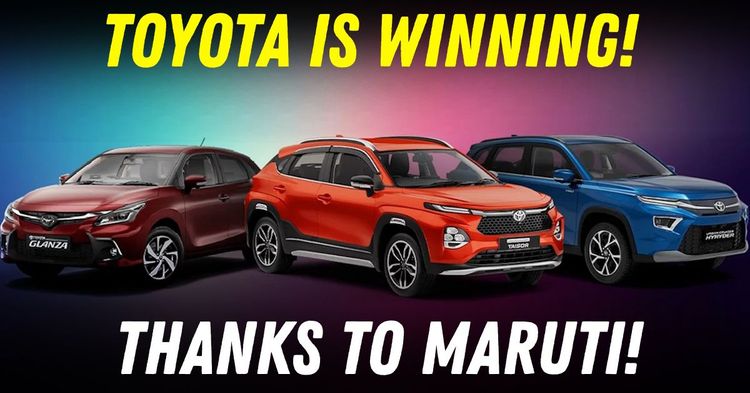

In a market where badge engineering often sputters, Toyota and Maruti Suzuki have scripted an unlikely success story. Their partnership, built on swapping models and sharing strengths, has not only defied industry norms but also propelled India into Toyota’s elite club of top five global markets. Here’s how two Japanese giants turned a cost-cutting tactic into a growth engine.
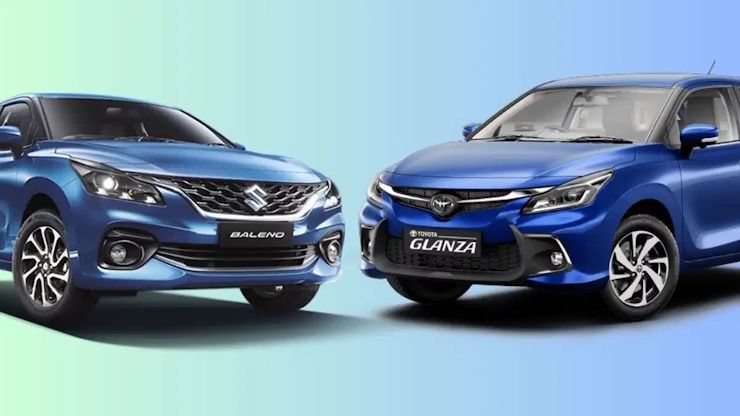
Toyota’s journey in India was once defined by premium offerings like the Innova and Fortuner – beloved but niche. Enter Maruti Suzuki, the undisputed king of mass-market cars. In 2019, the companies struck a deal: Toyota would rebadge Maruti’s best-sellers, while sharing its hybrid technology. The result? A perfect blend of Maruti’s affordability and Toyota’s premium appeal. The strategy was simple yet shrewd.
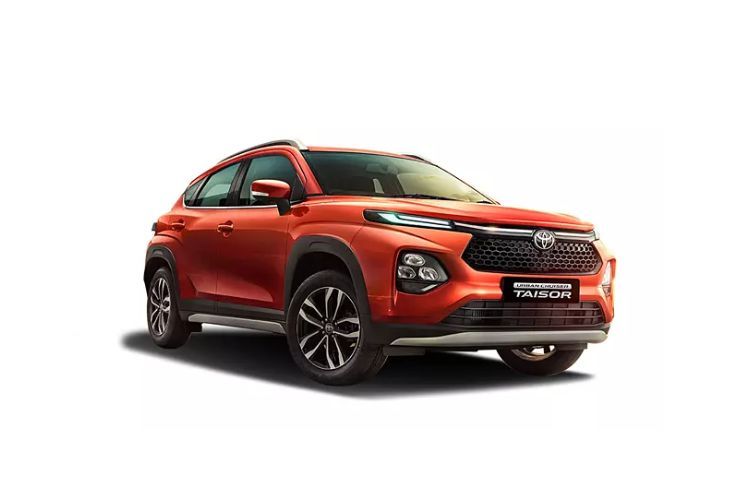
Toyota cherry-picked Maruti’s chart-toppers – the Baleno became the Glanza, the Fronx transformed into the Taisor, and the Grand Vitara morphed into the Urban Cruiser Hyryder. These weren’t mere logo swaps. Toyota added longer warranties (up to five years), subtle design tweaks, and its reputation for reliability. Customers responded enthusiastically, with rebadged models accounting for more than half of Toyota’s record-breaking sales in the last financial year.
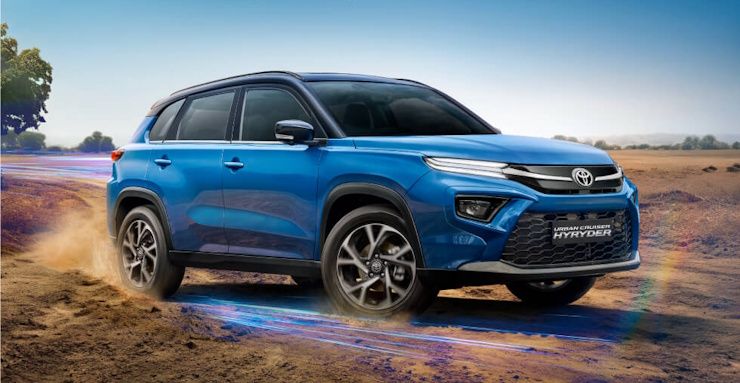
What makes this partnership tick where others failed is selective sharing. Maruti guarded its mass-market icons like the Swift and Brezza, while Toyota kept its cash cows – the Fortuner and Innova Crysta – exclusive. This careful curation prevented brand dilution. There’s no Toyota-badged WagonR, just like Maruti won’t get a budget Fortuner.
The numbers tell the story: the Glanza sold nearly 53,000 units, the Hyryder close to 50,000, and total rebadged sales stood at over 1.6 lakh units, marking a significant year-on-year surge. The synergy helped Toyota post 28% growth in a year, far outpacing the industry average.
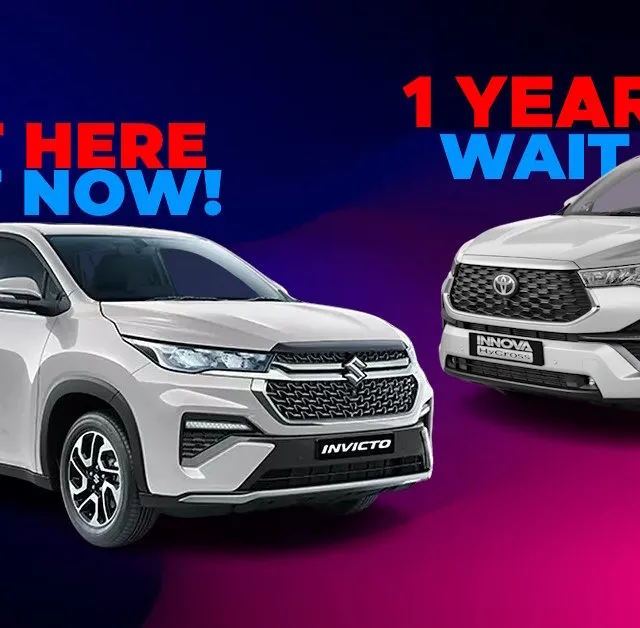
The partnership’s depth goes beyond badge swaps. Maruti gained access to Toyota’s hybrid technology, while Toyota leveraged Maruti’s vast dealership network of over 4,000 outlets. This collaboration has borne fruit with models like the Hyryder Hybrid and Maruti’s Invicto, a rebadged version of the Innova Hycross. Looking ahead, the cooperation seems set to deepen. Maruti’s upcoming eVitara is expected to use Toyota’s battery tech, pointing to a future where platforms, components, and know-how are increasingly shared.
The results have been transformative. From contributing just 3% to Toyota’s global volumes before the pandemic, India now accounts for 7% of its worldwide sales, leapfrogging more established markets. This rising importance is reshaping Toyota’s strategy.
Production capacity has been increased to four lakh units annually. India is now also serving as an export hub, with over 1,600 vehicles shipped in a single month. And Tier-II and Tier-III towns are driving the charge, registering a sharp uptick in sales.
While some initially feared this collaboration could dilute Toyota’s premium image, the numbers tell a different story. The average Toyota buyer in India still spends between ₹15 to ₹20 lakh, indicating a healthy mix of mass-market and premium appeal.
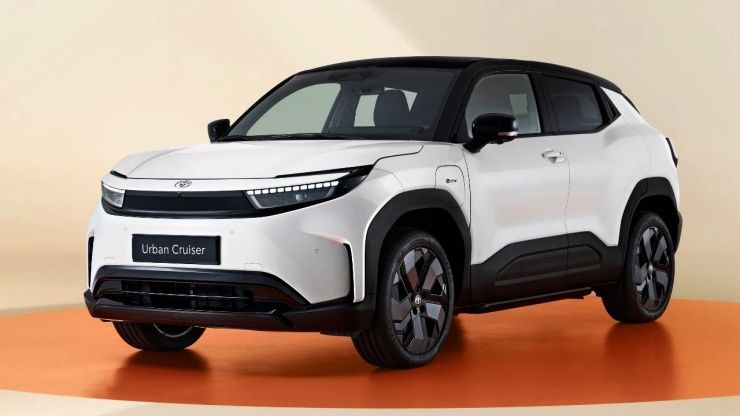
As the EV revolution gains momentum, the Toyota-Maruti alliance is gearing up. Maruti’s massive EV plant in Gujarat will supply batteries for both brands. The first results of this next chapter – Toyota’s Urban Cruiser EV and Maruti’s eVitara – are expected to arrive by 2026. Early indications suggest they will share a significant proportion of components, continuing the badge-sharing formula with an electric twist.
The success of this partnership offers valuable lessons for global automakers: collaborate where it counts, compete where it matters. For Indian consumers, it translates into more choices across price points. For Toyota, it’s a testament to the fact that teaming up smartly can sometimes deliver better results than going it alone.
As India accelerates into an electrified future, the Toyota-Maruti story is far from over. What began as a tactical tie-up is now one of the automotive world’s most talked-about collaborations – and it shows no signs of slowing down./